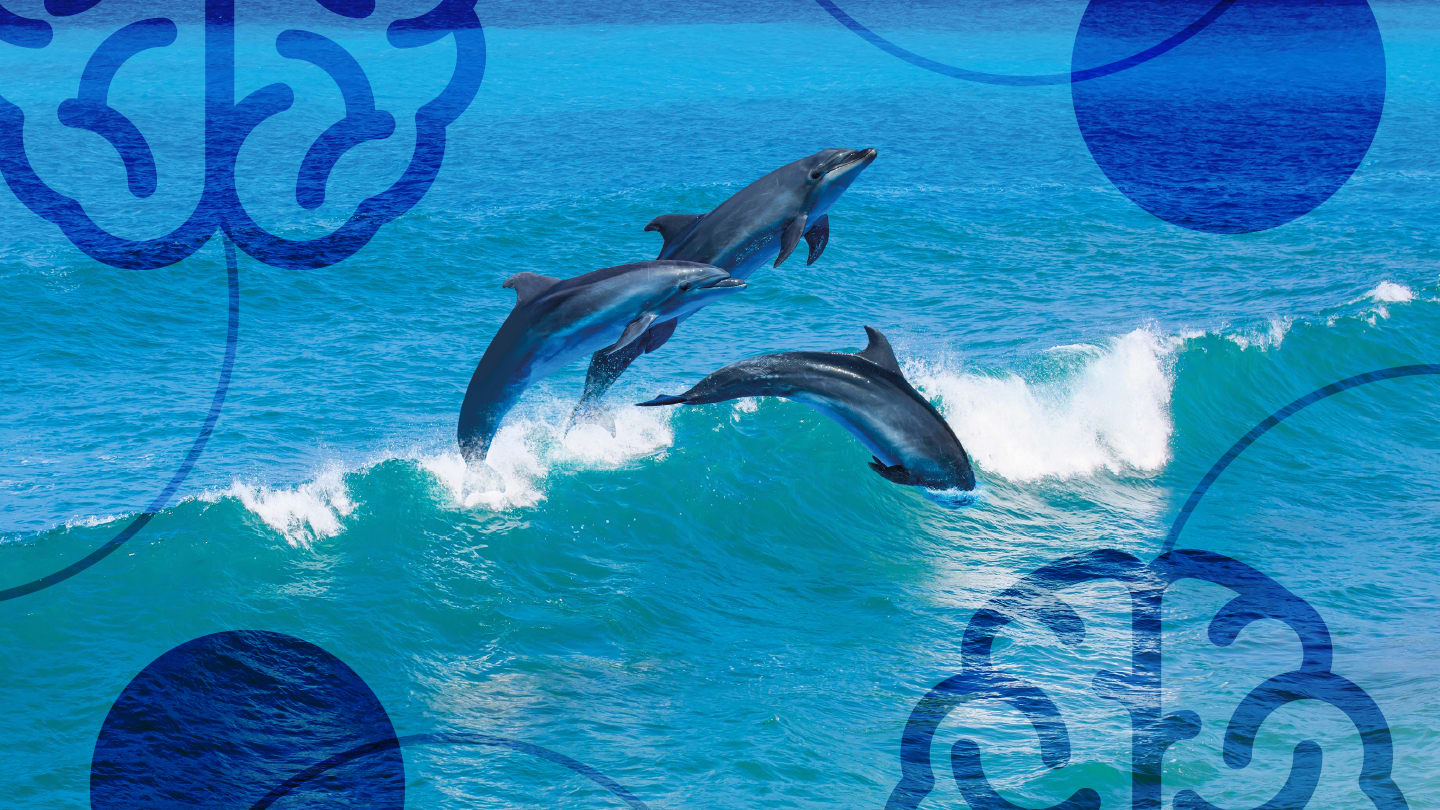
Researchers have identified molecular signatures of Alzheimer’s disease (AD) in the brains of bottlenose dolphins exposed to harmful algal blooms (HABs) in Florida’s Indian River Lagoon, according to findings published in Communications Biology. The study provides a detailed look at how chronic exposure to algal neurotoxins may influence neurodegenerative processes – insights that could inform future work on environmental contributors to neurological disease.
Over nearly a decade, investigators examined brain tissue from 20 dolphins that had stranded along the Indian River Lagoon between 2010 and 2019. Dolphins stranded during algal bloom seasons (June-November) had markedly higher concentrations of the neurotoxin 2,4-diaminobutyric acid (2,4-DAB) – up to 2,900 times greater than those measured in non-bloom seasons. The toxin, produced by cyanobacteria and other algae, has been linked to excitatory neurotoxicity and impaired GABAergic signaling.
Whole-transcriptome analysis revealed 536 differentially expressed genes in bloom-season dolphins. Many were involved in synaptic transmission, basement membrane integrity, and inflammatory pathways – biological systems that are also disrupted in AD. The study identified decreased expression of genes responsible for glutamate decarboxylase activity, suggesting impaired GABA synthesis, alongside increased expression of genes in the laminin-3 complex, which regulates the blood–brain barrier and neuron-glia interactions.
Several genes associated with AD risk and progression were elevated with 2,4-DAB exposure, including APOE, AGER, and MT-ND1. In some dolphins, APOE expression rose more than sixfold compared with non-bloom counterparts. The researchers also documented increased transcription of APP, MAPT, and TARDBP – genes that encode amyloid precursor protein, tau, and TDP-43, respectively, all central to AD pathology. These molecular patterns were supported by histological findings: amyloid-β plaques, tau tangles, and TDP-43 inclusions were observed in cortical tissue.
Importantly for diagnostic and comparative pathology, the authors note that dolphins naturally develop AD-like lesions with age, positioning them as sentinel species for environmental neurotoxicity. The ability to correlate toxin levels, gene expression, and histopathology in archived dolphin tissue provides a model for studying chronic toxin exposure and neurodegenerative risk in marine and possibly human populations.
While the study does not imply direct causation between algal toxins and Alzheimer’s disease in humans, it underscores the diagnostic value of transcriptomic profiling in environmental neuropathology. As HABs intensify with climate warming, understanding molecular responses in sentinel species could help identify early biomarkers of neurotoxin exposure and guide surveillance of populations at risk for toxin-linked neurological disorders.




